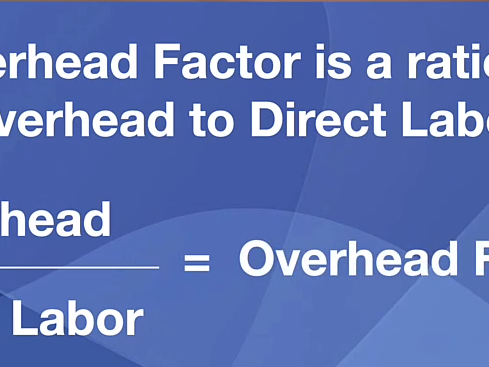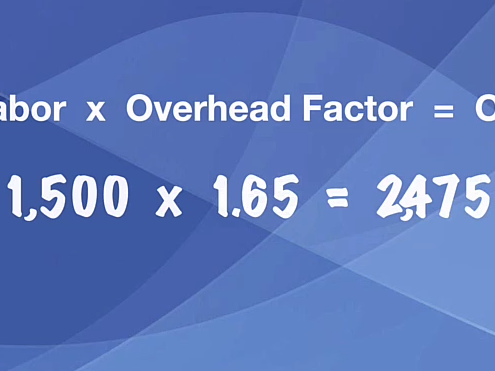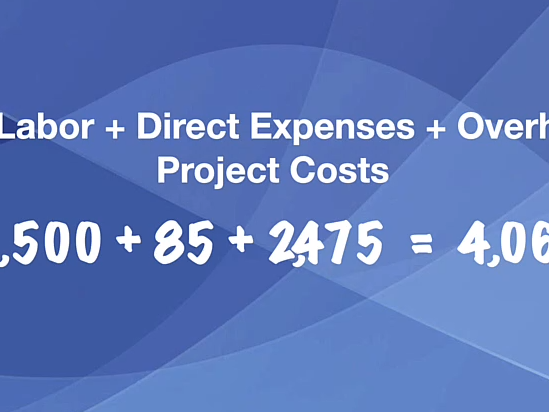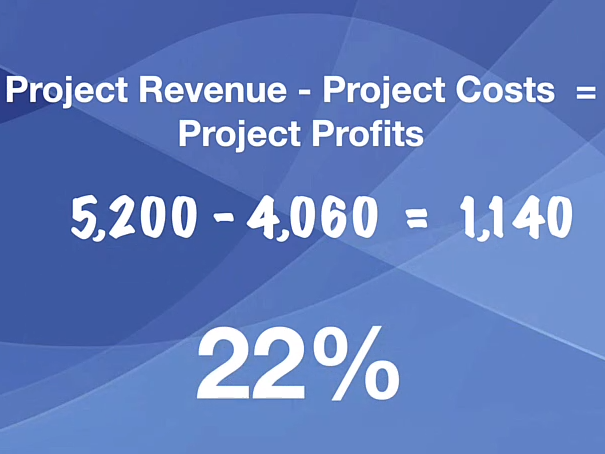KPI - Using Your Overhead Factor

In a related article we examined the caculation used to find your overhead factor. You can check it out first before you dive into this post.
After learning how to calculate your overhead factor, we’ll now be talking about using your overhead factor and applying it to your projects. With the overhead factor, you’ll be able to calculate total project costs and what percentage of your project profit is.
The overhead factor is just a ratio of your overhead to your direct labor. When you take your overhead and divide it by your direct labor, that's going to give you your overhead factor.

In the United States, the average overhead factor is 1.65, which means that for every dollar of direct labor you have $1.65 of overhead. We have clients that go as low as $1, and there are those that go as high as $2. Your firm's overhead factor should fall somewhere in that range, and the best way to know where your firm stands is to learn how to calculate your overhead factor.
Put it to Work
Take your direct labor for a given project and multiply it by the overhead factor, giving you the overhead that needs to be burdened on that project. So, if we had $ 1,500 of direct labor, we multiplied by 1.65, which is the average overhead factor in the United States, and that would give us $2,475 of overhead.

Project Cost
To calculate the total project cost, we need to have our direct labor plus any direct expenses plus overhead, which gives you your project cost. In this example, we take the $ 1,500, and then we will assume $85 of direct expenses. Then you add the $2,475 of overhead. We ended up with $4,060 of total project cost.

Project Profits
Now, we can calculate the project profits. We will take the project revenue and subtract the project cost, giving us the project profits.
Taking the $5,200 minus the $4,060 gives us $1,140 of profits, and that's a whopping 22%. Having project profits north of 20% is a great goal to hit.

The BaseBuilders Advantage
You will have to do all these calculations on all your projects to know where they fall. Unless, of course, you're using our software.
BaseBuilders lets you plug your overhead factor directly into the software. With BaseBuilders, all the calculations we just discussed are done automatically for you. you can see your net profits from all projects presented on a project-by-project basis; you can break projects into segments and compare them with other ongoing or previous projects to see how your firm is doing.
What are segments? Segments are a way to group and classify your projects. They enable the comparison of various project types. You might compare your office buildings to your schools, to your churches, to your hospitals, or maybe compare your design-build projects to your plan-spec to your design-assist or maybe even one project manager to another project manager. Apply your overhead factor, and you'll know exactly how your projects are doing.
If you found this post helpful, please share it with your associates and colleagues.
If you want to reach more significant levels of profitability and success, try our software today!
